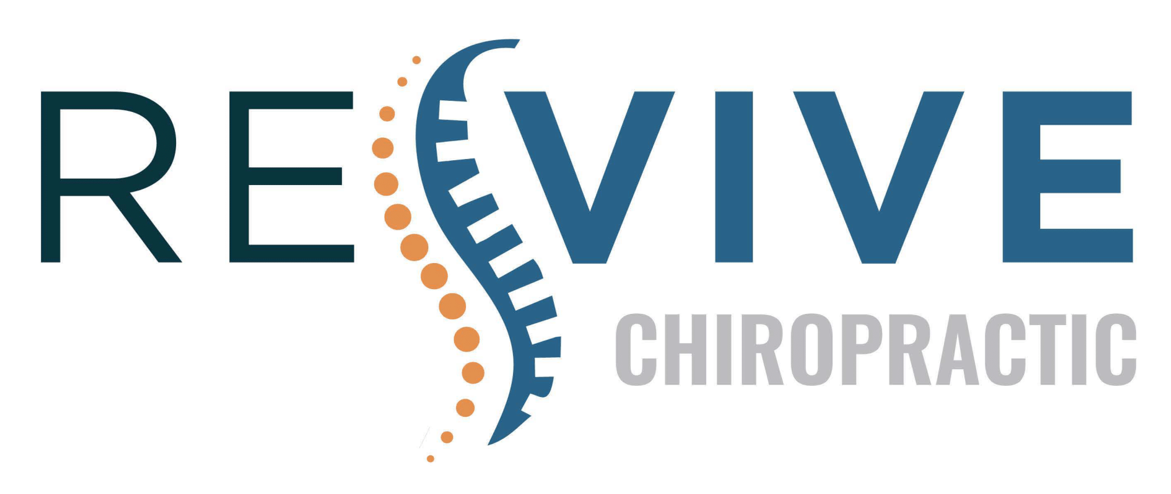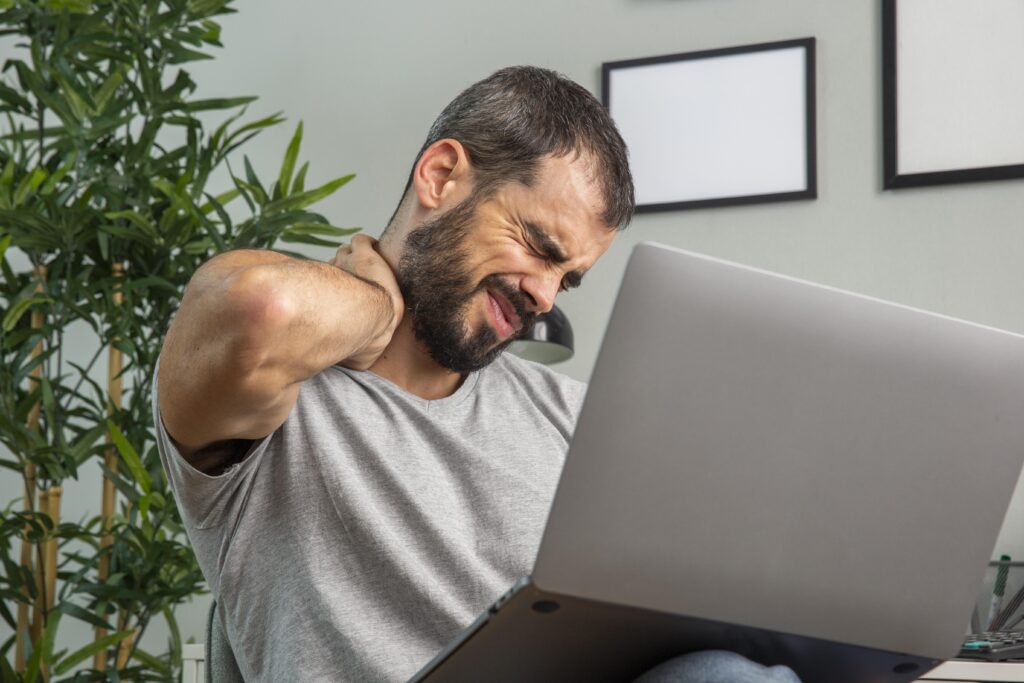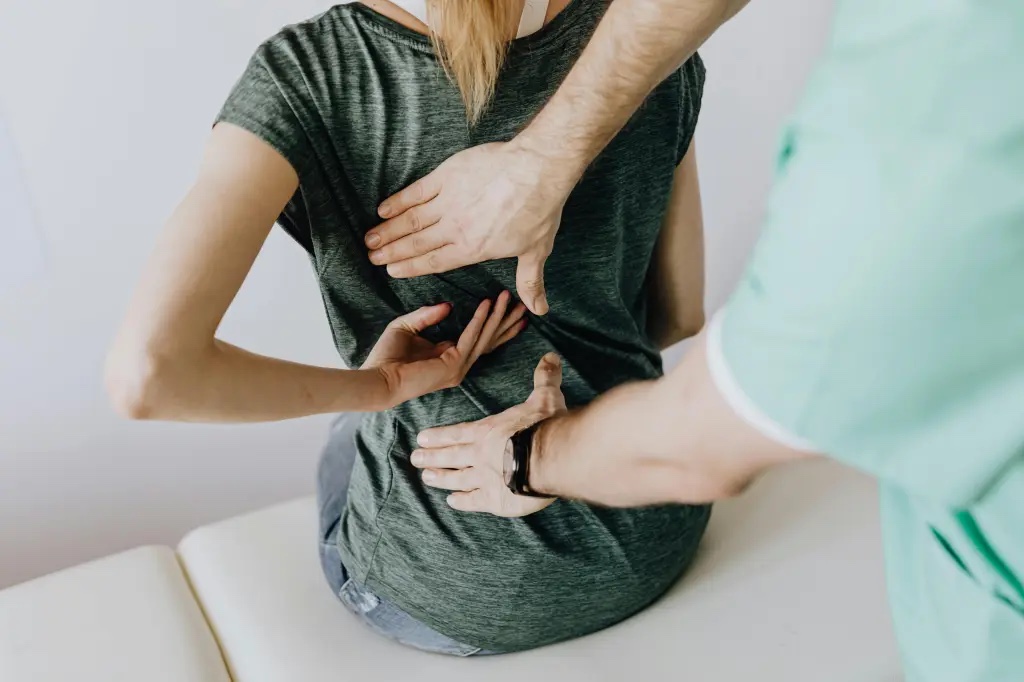When you experience lower back pain, finding effective relief techniques can feel overwhelming. You might be unsure whether to try physical therapy, chiropractic care, or perhaps explore alternative therapies. Each option offers unique benefits, and understanding the nuances between them is vital for your recovery. As you consider your choices, it's important to recognize how lifestyle modifications play a significant role in alleviating pain and preventing future issues. The question remains: which approach will resonate with your specific situation and lead you to lasting relief?
Causes of Lower Back Pain
Lower back pain can creep up on you for various reasons, often stemming from everyday activities or underlying conditions. One common cause is poor posture. When you slouch while sitting or standing, it puts unnecessary strain on your lower back.
If you spend long hours at a desk without proper ergonomic support, you may find yourself experiencing discomfort.
Another factor could be muscle strain. Lifting heavy objects incorrectly or overexerting yourself during physical activities can lead to muscle strains and sprains.
Even routine tasks, like bending or twisting, can trigger pain if you're not careful.
Underlying conditions also play a significant role in lower back pain. Conditions such as herniated discs, arthritis, or scoliosis can lead to chronic pain.
If you have a previous injury, it might flare up again, causing discomfort.
Weight can be another contributing factor. Carrying excess weight puts additional stress on your spine, leading to pain over time.
Lack of physical activity can weaken your core muscles, which support your back, making you more susceptible to pain.
Finally, stress and anxiety can manifest physically, leading to muscle tension in your back.
It's important to recognize these potential causes so you can take steps to prevent or address your pain. Understanding what's behind your discomfort is the first step towards finding relief and improving your overall quality of life.
Physical Therapy Approaches
When you experience lower back pain, physical therapy can be an effective approach to finding relief and improving mobility. A skilled physical therapist will assess your specific condition and develop a personalized treatment plan tailored to your needs. This plan often includes a variety of techniques designed to strengthen your core, improve flexibility, and enhance overall function.
One of the primary components of physical therapy is exercise. Your therapist may guide you through targeted exercises that focus on strengthening the muscles supporting your spine. By building strength in your core and back muscles, you can relieve pressure on your spine and reduce pain.
Stretching exercises are equally important, as they help to improve flexibility and increase your range of motion.
Manual therapy is another approach that may be utilized. Your therapist might use hands-on techniques to manipulate soft tissues and joints, alleviating tension and improving circulation in the affected areas. Additionally, modalities such as heat, cold, or electrical stimulation may be incorporated to help manage pain and promote healing.
As you progress, your therapist will monitor your improvements and adjust your program accordingly. They'll also educate you on proper body mechanics, ensuring you maintain good posture and avoid further injury in daily activities.
Chiropractic Treatments
If physical therapy hasn't provided the relief you need, chiropractic treatments might be a suitable alternative for managing lower back pain. Chiropractors focus on diagnosing and treating musculoskeletal disorders, particularly issues related to the spine. They believe that proper alignment of the spine can improve your overall health and help alleviate pain.
When you visit a chiropractor, you can expect a thorough assessment. They'll evaluate your medical history, perform a physical examination, and may even use diagnostic imaging to understand your specific condition. Once they've identified the source of your pain, they'll develop a tailored treatment plan.
The cornerstone of chiropractic care is spinal manipulation, often referred to as an adjustment. This hands-on technique aims to restore proper alignment to your spine, enhancing mobility and reducing pain. Many patients report immediate relief after adjustments, while others may notice gradual improvements over several sessions.
In addition to spinal adjustments, chiropractors often incorporate other treatments such as massage therapy, exercise recommendations, and lifestyle advice to support your recovery. This holistic approach can help you not only manage your lower back pain but also prevent future issues.
It's essential to communicate openly with your chiropractor about your pain levels and any concerns you might have. With consistent care, chiropractic treatments can be an effective strategy for many people dealing with lower back pain, helping you regain your comfort and improve your quality of life.
Alternative Therapies
Exploring alternative therapies can offer new avenues for relief from lower back pain, especially if traditional methods haven't worked for you. These therapies often complement conventional treatments and may help you find a more holistic approach to healing.
Here are some popular options to take into account:
- Acupuncture: This ancient Chinese practice involves inserting thin needles at specific points to stimulate your body's energy flow, which can reduce pain and promote healing.
- Massage Therapy: Regular massages can alleviate muscle tension and improve circulation, helping to ease discomfort and increase mobility in your lower back.
- Yoga: Gentle stretching and strengthening through yoga can enhance flexibility and core strength, which can be essential for supporting your lower back.
- Herbal Remedies: Certain herbs like turmeric and ginger possess anti-inflammatory properties that might help minimize pain. Always consult a healthcare provider before starting any herbal treatment.
- Biofeedback: This technique teaches you to control physiological functions by using monitoring devices. It can help you learn how to relax your muscles and manage pain more effectively.
Exploring these alternative therapies might just give you the relief you've been searching for. Each option comes with its own benefits, and finding what works best for you may require some experimentation.
Remember to discuss any new therapies with your healthcare provider to confirm they fit well with your overall treatment plan.
Lifestyle Modifications for Relief
Finding relief from lower back pain often involves not just therapies but also lifestyle modifications that can greatly improve your condition.
First, evaluate your posture. Whether you're sitting at a desk or standing, maintaining proper alignment can markedly reduce strain on your back. Make sure your workstation is ergonomically set up; your chair should support your lower back, and your computer screen should be at eye level.
Next, pay attention to your physical activity. Incorporating regular exercise into your routine not only strengthens your back but also promotes flexibility. Focus on low-impact activities like swimming, walking, or yoga that can help alleviate pain. Stretching daily can also keep your muscles limber and prevent stiffness.
Don't underestimate the power of maintaining a healthy weight. Excess weight, particularly around your midsection, can place additional strain on your lower back. If you're carrying extra pounds, consider adjusting your diet to include more whole foods and fewer processed items.
Lastly, prioritize sleep. Ensuring you get enough restorative sleep is essential for healing. Invest in a supportive mattress, and consider sleeping on your side with a pillow between your knees to maintain spinal alignment.
Conclusion
To sum up, managing lower back pain requires a thorough approach tailored to your needs. By combining physical therapy, chiropractic care, and alternative therapies, you can find effective relief. Don't forget the importance of lifestyle modifications—maintaining good posture, staying active, and incorporating stretching routines can make a significant difference. Remember, addressing both immediate discomfort and long-term prevention is key to a healthier, pain-free back. Take charge of your well-being and explore the techniques that work best for you!



